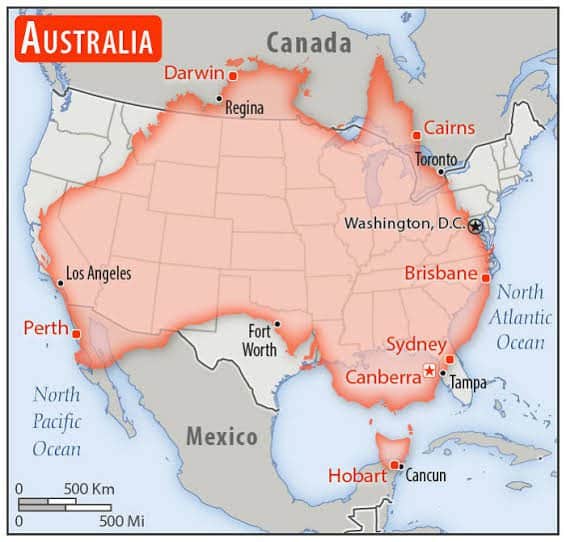The Ultimate Guide to Converting Australian to US Sizes for Parents
Hey there, lovely parents! Are you planning to transform your kiddo’s closet with some fabulous finds from the US, but find yourself scratching your head at the size tags? Worry not, because we totally get it! Navigating through children’s sizing charts can sometimes feel like decoding an ancient script, but it doesn’t have to be that way. We’re here to bring you the ultimate guide to converting Australian to US sizes, ensuring that you pick the perfect fit for your little ones every single time. Buckle up as we dive into a sea of sizes and emerge with must-have tips and tricks to make your international shopping spree a breeze!
Kids’ Clothing: Australian vs. US Sizes
First thing’s first, let’s chat about the differences between Australian and US children’s clothing sizes. While your Aussie child might be sporting a size 4 at home, their US counterpart’s tag might read a number that seems off the charts. But, before we get into the nitty-gritty, let’s understand why these discrepancies exist. The main reason behind these variations is that sizing standards vary by country and even by brand. So, being equipped with the correct measurements is the key to unlocking a world of perfectly fitting apparel for your little adventurers.
Understanding Size Charts
One of the best ways to ensure that you’re on the right track is by becoming best friends with size charts. Size charts are your golden ticket to understanding how Australian sizes correspond to US sizes. We know, we know – size charts can look a tad intimidating, but they are actually pretty straightforward once you get the hang of it. They typically list measurements for the chest, waist, and hips – alongside the corresponding numerical size.
So, how do you begin? Start by taking accurate measurements of your child. It’s always best to measure over their undergarments to ensure that the clothes you buy will fit comfortably over their usual attire. Keep in mind that children grow faster than Jack’s beanstalk, so if you’re shopping for clothes they’ll wear in a few months, it might be wise to go a size up.
International Shoe Size Conversion for Kids
But wait – what about those trendy sneakers or adorable sandals you’ve been eyeing for your little one? The plot thickens when we talk about shoes because sizing can be even more complex than clothing. However, just like clothing, there are handy conversion charts for you to refer to.
In converting Australian to US shoe sizes, a general rule of thumb is that Australian kids’ shoe sizes are about 1.5 to 2 sizes smaller than their American counterparts. So, if your munchkin is rocking a size 8 in Australia, they’ll likely be a 9.5 or 10 in the States. But again, different brands may have slight variations, so checking their specific size guide is a step you shouldn’t skip.
Shopping Tips for Stress-Free Sizing
Now that we’ve covered the basics, let’s move on to some heartwarming shopping tips, so you can shop with confidence:
- Check Reviews: Other parents are a treasure trove of information. Look for reviews where customers mention if the item runs large, small, or true to size. Their real-world experience is invaluable.
- Buy Adjustable Clothing: Many kids’ clothes come with adjustable waistbands or straps, which can provide a bit more wiggle room and accommodate growth spurts.
- Err on the Side of Caution: If in doubt, and especially when buying online, it’s safer to go one size larger. Clothes can always be tucked or hemmed, but squeezing into a tight outfit is no fun, right?
- Know Your Child’s Measurements: Keep an updated record of your child’s measurements. Growth spurts happen overnight, and having recent information will save you from the guesswork.
Understanding Australian to US size conversions is an adventure filled with discoveries and some super savvy shopping. Stay tuned as we dig deeper into the magical world of size conversions, so you and your tiny tots can enjoy a wardrobe that’s not only stylish but perfectly fitting!

5 Things Parents Should Know When Preparing for Australia to US Size Conversion
- Sizing Can Vary Significantly Between Brands: Even though general size guides provide a good starting point, individual brands often have their unique sizing specifications. Always look for the specific brand’s size chart when available to ensure a perfect match for your child.
- Weight and Height Matter: Sometimes, age-based sizes can be misleading. Australian and US brands might designate a certain age range for a size, but children’s weights and heights can diverge greatly. Rely on your child’s height and weight when comparing sizes to get the most accurate fit.
- Consider Seasonal Variations: Climate differences between Australia and the US can affect clothing size and fit. For example, winter clothes in the US may have additional room for layering, so remember to take this into account when shopping for seasonal items.
- Understand the Return Policy: If you’re shopping from international US-based stores, be clear on the return policy. Sizing errors are commonplace in international conversions, and a good return policy can save you from headaches if the fit isn’t just right.
- When in Doubt, Ask for Help: Don’t hesitate to reach out to customer service for guidance. They can offer you insights into how a particular garment or shoe fits and often provide personal recommendations based on your child’s measurements.
As you equip yourself with these tips and your trusty measuring tape, remember that this journey can be exciting and fun. With every size conversion mastered, you’re ensuring your child will look their best – whether that’s on the sunny beaches of Australia or during a family trip to the States. So, keep this guide bookmarked, and happy shopping!
For more great articles please see here. For more information see here
Disclaimer
The articles available via our website provide general information only and we strongly urge readers to exercise caution and conduct their own thorough research and fact-checking. The information presented should not be taken as absolute truth, and, to the maximum extent permitted by law, we will not be held liable for any inaccuracies or errors in the content. It is essential for individuals to independently verify and validate the information before making any decisions or taking any actions based on the articles.




